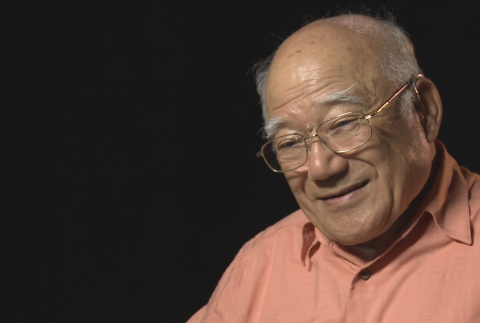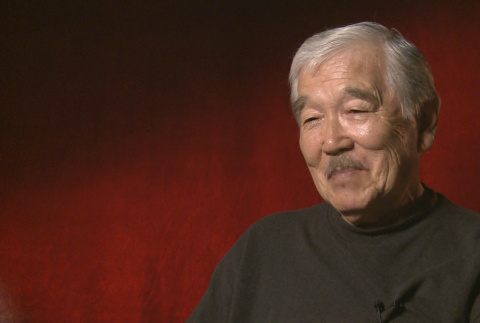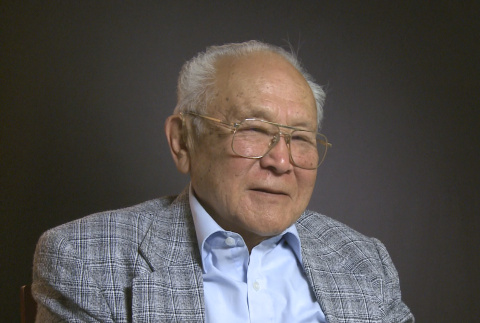Fishing and canneries
Japanese Americans found work at salmon canneries along the Columbia River in Oregon and Washington, and their labor was welcomed in Alaskan towns such as Ketchikan and Petersburg as early as the 1890s. They traveled by ship to the cannery towns, where they slowly developed small communities whose population swelled with the yearly arrival of workers. Issei (Japanese immigrant) entrepreneurs started the oyster industry from scratch in Puget Sound. Japanese American oyster farms became thriving businesses before World War II.
Industry and employment
(481)
Fishing and canneries
(256)
Related articles from the
Densho Encyclopedia :
Takahashi v. Fish and Game Commission



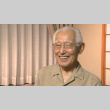
This material is based upon work assisted by a grant from the Department of the Interior, National Park Service. Any opinions, finding, and conclusions or recommendations expressed in this material are those of the author(s) and do not necessarily reflect the views of the Department of the Interior.


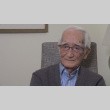


This material is based upon work assisted by a grant from the Department of the Interior, National Park Service. Any opinions, finding, and conclusions or recommendations expressed in this material are those of the author(s) and do not necessarily reflect the views of the Department of the …

This material is based upon work assisted by a grant from the Department of the Interior, National Park Service. Any opinions, finding, and conclusions or recommendations expressed in this material are those of the author(s) and do not necessarily reflect the views of the Department of the Interior.
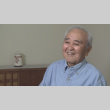







Nisei male. Born July 24, 1925, in Ketchikan, Alaska. Grew up in Ketchikan, where parents ran a store. During World War II, was removed to the Puyallup Assembly Center, Washington, and the Minidoka incarceration camp, Idaho. After leaving camp, went with family to work for a time in …

This material is based upon work assisted by a grant from the Department of the Interior, National Park Service. Any opinions, finding, and conclusions or recommendations expressed in this material are those of the author(s) and do not necessarily reflect the views of the Department of the …






